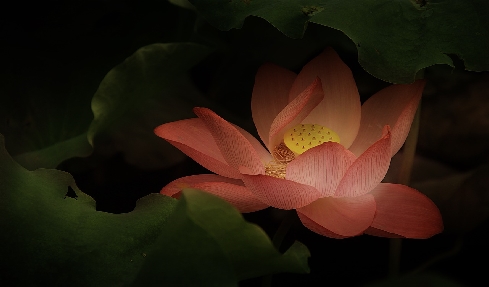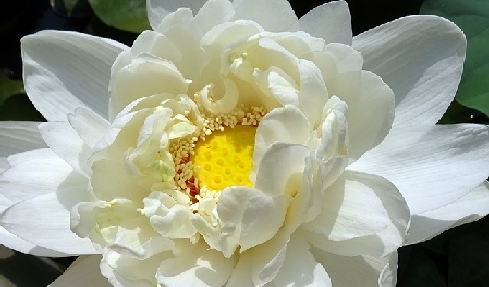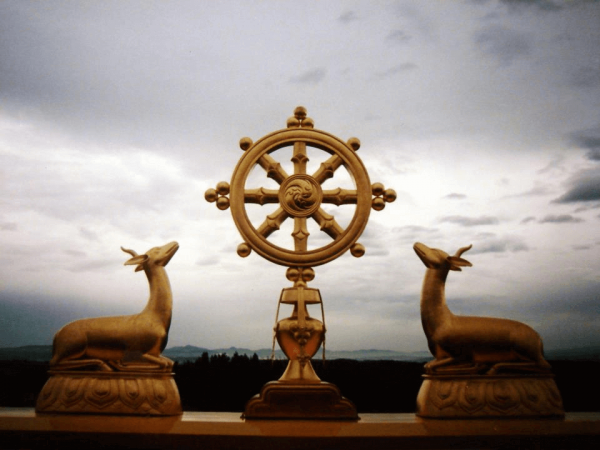There are two kinds of outcome: in one case, the practice goes well with few thoughts to distract us; it is easy at this time to become arrogant and think if we continue to practice this way, we will attain realization. We must then subdue this pride by telling ourselves: “Although this practice was good, it does not mean I am special. I must still do well next time.” This is how arrogance can be ameliorated.
~Depicted from THE FOUR SEALS OF DHARMA - The Final Review











